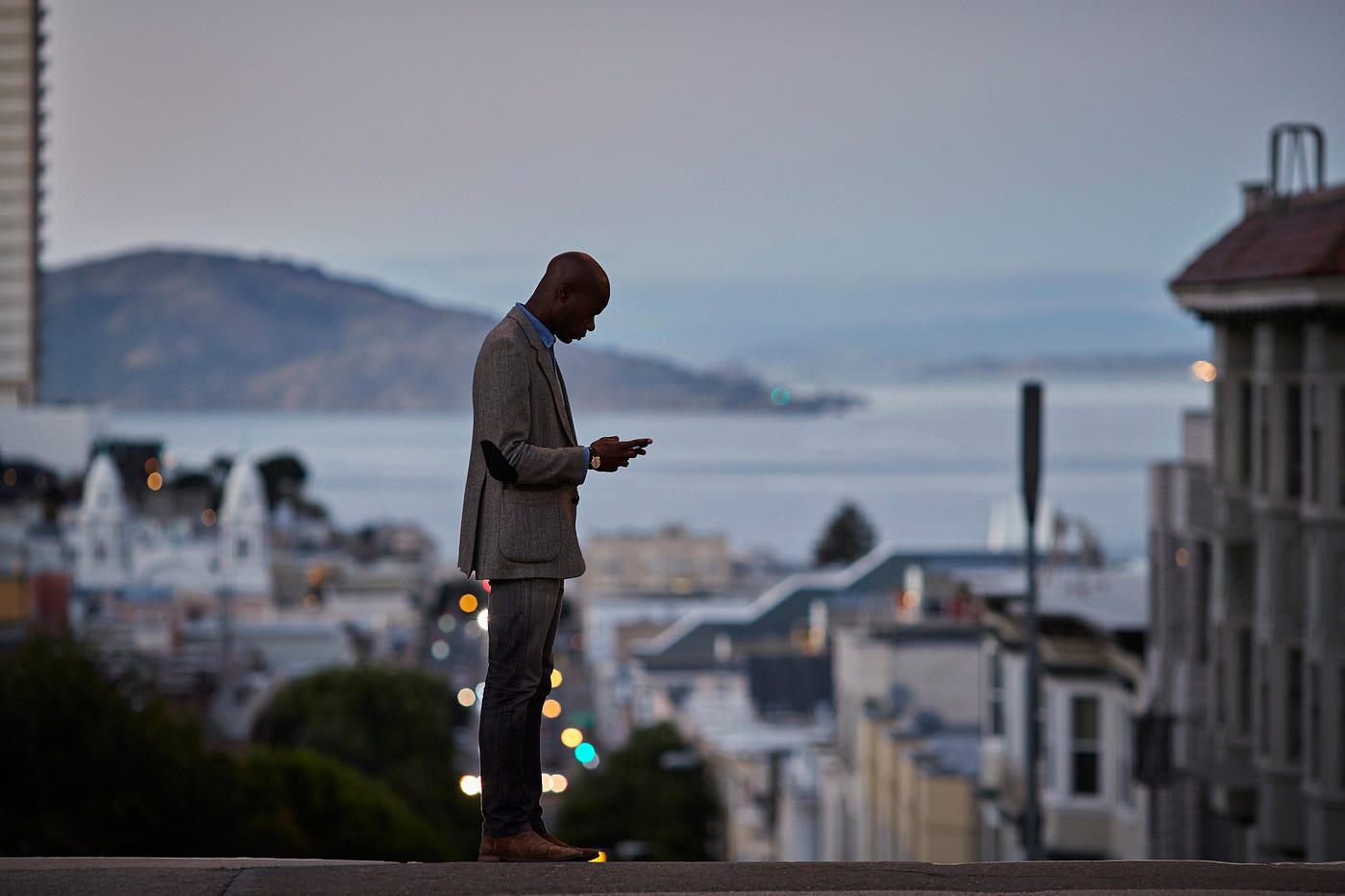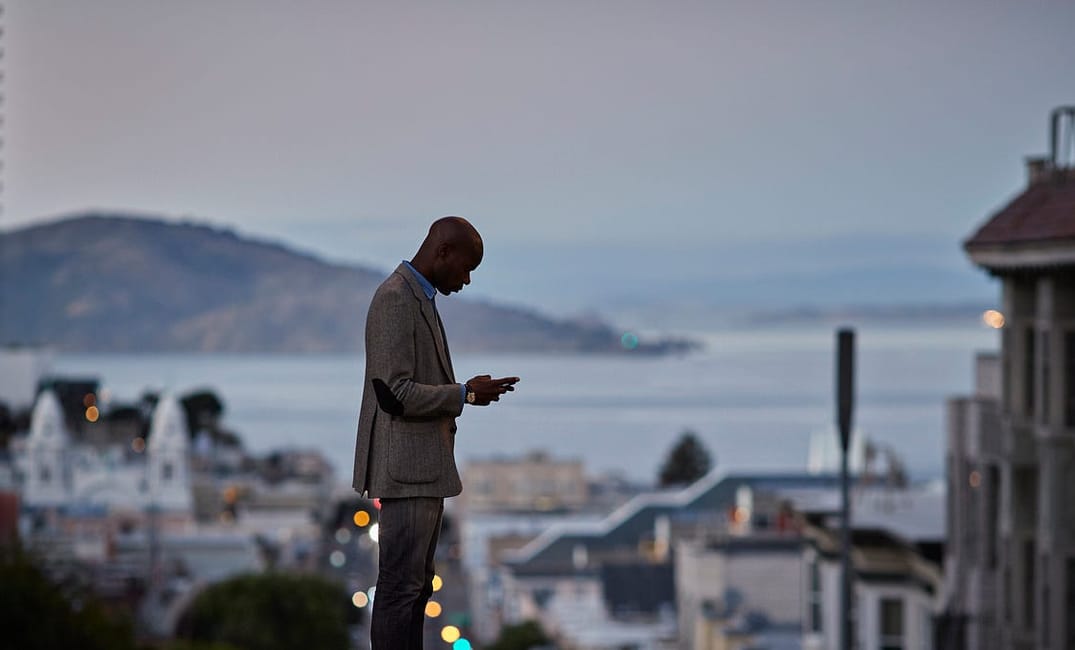
Boston, Massachusetts. A place known for its winning sports teams, elite schools, and movies with harsh local accents. The city I was born and raised in and is an integral part of who I am today. However, throughout my life, I’ve heard the same narrative over and over again: Boston is the most racist city there is.
Sign up for The Bold Italic newsletter to get the best of the Bay Area in your inbox every week.
Events such as basketball player Bill Russell’s career with the Boston Celtics in the 1950s and ’60s and the busing riots of the 1970s put Boston in a bad light nationally. This crisis was captured in the iconic Pulitzer-Prize winning image “The Soiling of Old Glory” by Stanley Forman which shows a white teenager assaulting a Black man with an American Flag. I mean, yeeeesh.

These events solidified a racist seal over the city, which continued into the 1990s when Celtics player Dee Brown and his wife were pulled over in the affluent suburb of Wellesley — guns drawn. In 2009, esteemed Harvard professor Henry Louis Gates was racially profiled outside of his house in Cambridge, Massachusetts. Lastly, there’s the racist heckling that baseball stars Adam Jones and Torii Hunter endured when they each played center field at Fenway Park.
These heinous injustices have had a ripple effect on Black and Brown people throughout the region while painting an ugly picture of the city nationally. Boston is not perfect, and I will be the first to acknowledge that. However, peel back the onion further. As you look at my city with a superficial lens, I encourage you to take an investigative look at your city or area first. Chances are Boston is not some beacon of White supremacy that some make it out to be, but rather is a consistent microcosm of what plagues many U.S. metro areas today.
As someone who is from the East Coast, but has also lived in the Midwest and currently lives on the West Coast, I have a newsflash to share: It ain’t all that different than other parts of the “United” States. In fact, whatever presumptions you have about my native city are likely the same systemic assertions happening in your own. My question to you is, have you finally opened your eyes to acknowledge it?
Here’s my experience living while Black in three different parts of America.
East Coast (Boston)
I was extremely fortunate to go to school near the same nice area of Boston that Dee Brown was pulled over in, attended countless Red Sox games, and strolled around Cambridge, the North End, and even the notorious Southie neighborhood without incident. Covert microaggressions and unwelcoming looks of confusion? Absolutely, positively yes. Overt and blatant racism in my face or general direction? Not a single time.
With that said, I was never naive enough to think that I could dodge society’s land mines my whole life and not get blown up. I understood that from growing up in an immigrant Haitian family in the working-class Boston neighborhood of Hyde Park.
On top of it, my middle school and high school years were spent commuting to the wealthy suburb of Weston, which served as a daily reminder to certain disadvantages. The economic disparity between my family and my White friends’ families was a daily reminder. My annual high school tuition was three-quarters of the salary of my single mom’s job as an accountant for the state of Massachusetts. A whopping $33,000 salary against a $25,000 tuition bill.
The “…because you’re Black” and “you’re an Oreo” jokes from White people were a reminder. Once I got home after a 10-hour school/sports day, the “you fancy, you sound like a honky” jokes from fellow Black people were daily reminders too. I was lucky not to endure overt racism for which Boston is infamously known. I have an amazing set of White friends from my school days and friends from Hyde Park that I stay in touch with to this day. The personal experiences I’ve had, good and bad, and my knowledge of the city’s past never made me naive. Rather it inspired me to learn more about the world around me, how cities and their systems are constructed, and the social trends that emerge from them.
Midwest (Champaign/Chicago)
By the time I got to the University of Illinois at Urbana-Champaign for college, I was glad to be at a Big Ten school near a big city like Chicago. Being able to go to a four-year university in a different part of the country while being close to extended family in the city was the best school decision I made. However, two months into my freshman year, my White friend and I were arrested and initially charged with attempted burglary for a sorority house prank gone terribly wrong.
“Freeze, Champaign Police!” That was my first taste of police abuse of power as I had flashlights and guns pointed in my face. Police officers were actively trying to incriminate me while trying to absolve my White friend, who was trying to stick up for me. Ultimately, charges were dropped and I was able to successfully graduate four years later. However, that experience forced me to not only smarten up in an unfamiliar part of the country, but to use my Political Science degree to learn more about societal, demographic, and city trends. While at U of I, I learned about Chicago machine politics and how detrimental systemic policy can have long-lasting effects on an area.
Chicago is one of my favorite cities in the world. The city is bigger than Boston but cleaner than New York. It’s got great food, a loyal fan base for sports, and music legends from Buddy Guy to Earth, Wind, and Fire, to Twista (I’m done with R. Kelly and Kanye). The same friends I made over four years at U of I in Champaign, Illinois, used the same lazy narrative when we all moved into the city of Chicago after graduation: Boston is the most racist city ever. But the more I talked to my Chicago family — aunts, uncles, cousins — and hung out with friends around the city and suburbs, I came to this question:
Why is everyone ragging on my city when theirs is a blueprint for racism right in front of them? Is it pride, denial, or do they really not see it?
To put it bluntly, “Chiraq” is divided into three parts: the North Side is mostly White and well-to-do, the South Side consists of Black working-class (most of which are kind-hearted residents who suffer from gang warfare and machine politics) and the west/southwest sides, which are Black and Latinx with similar social ills. I wondered why one of the most dynamic cities in America was also one of the most segregated. Peeling back the onion further, I learned about White flight post-WWII and how Black people were sectioned off into large-scale housing projects like Cabrini Green, Ida B. Wells, or the Robert Taylor Homes.
Gang warfare and drugs ravaged the city’s population from the 1980s to the present. Windy City politics continue to exploit and sling mud at each other for their own gain. The city perfected redlining as a national recipe for structural racism and segregation. Living in Chicago provided perspective to the pervasive systemic oppression I had seen growing up in Boston but on a larger scale. With a larger Black and Brown population, the disparity was more pronounced. U.S. cities were built on urban planning systems like Chicago and the same has been replicated in Los Angeles, New York, D.C., and San Francisco.
West Coast (San Francisco)
When I moved to the Bay Area 10 years ago, I believed that California was a liberal safe haven where people emphasized peace, love, and unity over harsh societal tactics. That plus the amazing weather, a bevy of outdoor activities, and job opportunities gave me new aspirations of how things might actually be different than the rest of the U.S. San Francisco and California as a whole are known to be counterculture to the rest of the U.S., so this should be easier, right? As much as I love it here, it’s not exactly lollipops and gumdrops either.
Again, living in SF, I heard the same lazy narrative: Boston is the most racist city ever. SF is different than back East. Well, enter Exhibit C of systemic racism.
Around 2016, my wife (then girlfriend) and I were living in the SF neighborhood of Dogpatch (aka 3rd Street to SF natives) and were thinking about buying property in the predominantly Black neighborhood of Bayview-Hunters Point.
While it’s considered the “bad part of SF,” we were intrigued by the area because it was next to our current neighborhood, had great access to planes/trains/autos for work and play, was somewhat “affordable,” and was close to Black folks. However, upon further research, troubling news emerged. Most of the land in Bayview Hunters-Point is built on a California Superfund site. This means that the land is so damn toxic that the fish there have three eyes like in The Simpsons.
How did that happen you say? Well, Bayview was declared a Superfund site when the U.S. Navy dumped radioactive waste into the neighborhood’s shipyard areas at the end of WWII. Through city policy and redlining, this part of town was coerced on to Blacks returning from war to raise their families while hippies were practicing love and unity over in Haight-Ashbury.
As a result, the Navy’s disregard for Black life from 1946–1969 still has a chokehold effect on the residents to this day. San Francisco prides itself on being ultra-liberal, and in many respects it is. But while the Navy was dumping toxins into San Francisco Bay, Hall of Fame great Willie Mays couldn’t even own property in the bougie neighborhood of St. Francis Wood because he was Black.
When I moved here and wore my Red Sox gear around the Bay, Black, Brown, White, and Asian people would comment about Boston sports fans in comparison to San Francisco sports fans like a broken record. I found it interesting that they would criticize my city before examining theirs. The same injustices that MLB star Adam Jones experienced at Fenway in 2017 was the same overt racism he experienced playing center field at AT&T Park in 2013.
When I hear that I wonder: What are you talking about and when will you acknowledge what’s been happening here in SF and in the Bay Area?
Lastly, San Francisco has its own redlining tactics that have largely segregated the city’s Asian and Black populations since the 1870s. These legacy policies have laid the groundwork for a housing crisis that the city and the Bay Area still suffers from today. Meanwhile, the coronavirus has sparked xenophobia toward Asian Americans from San Francisco to L.A. and San Diego during this year’s Fourth of July. God bless America! (??)
Wrap it up!
Boston has changed a lot from the time I grew up in the 1990s in terms of social progression and tackling structural racism. This is thanks to the influx of Haitian, Dominican, Brazilian, and Cape Verdean populations over the past 25 years. Now, 25% of the city’s population identifies as Black, 20% as Latinx, and 10% as Asian. Boston’s not perfect, but social progression has certainly made headway within the city and region.
The point of this post is to not show you that Boston is any better than other parts of the country because it’s not. The point of typing all these words is this: Let’s acknowledge that these systems exist and take action against them. Let’s get educated about our own communities, unfamiliar ones, and the impact we have over both of them. Living in three distinct parts of the U.S. has taught me a lot about America culturally, both good and bad. Enough with the lazy narratives already. Let’s do better.







